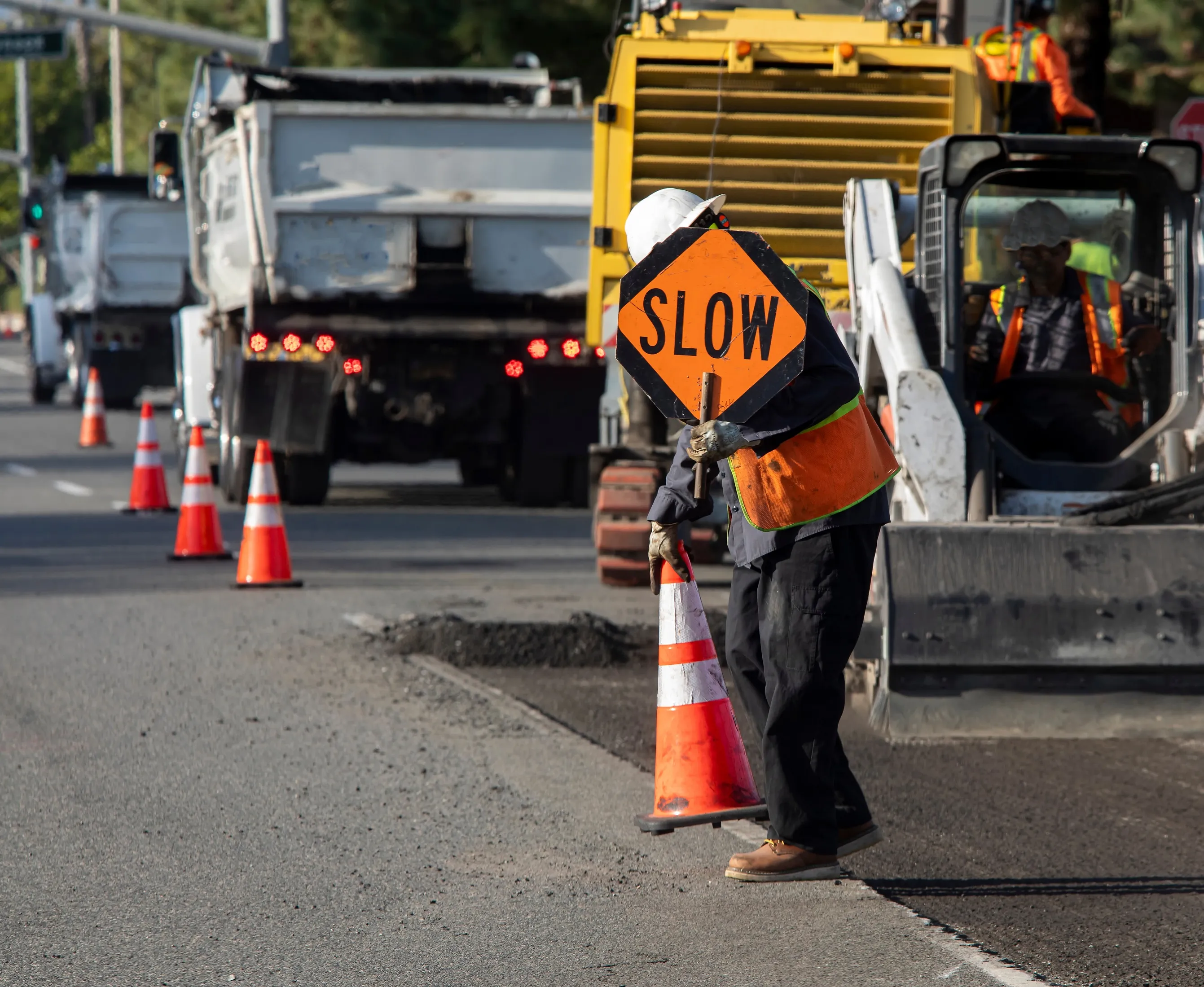In an effort to help improve vehicle safety, the US Department of Transportation’s National Highway Traffic Safety Administration (NHTSA) has proposed a new standard that would capture valuable safety-related data in the seconds before and during a motor vehicle crash. The proposed rule would require automakers to install event data recorders (EDRs), devices that collect specific safety related data, in all light passenger vehicles beginning in September 2014. “By understanding how drivers respond in a cras
December 10, 2012
Read time: 3 mins
In an effort to help improve vehicle safety, the 324 US Department of Transportation’s 834 National Highway Traffic Safety Administration (NHTSA) has proposed a new standard that would capture valuable safety-related data in the seconds before and during a motor vehicle crash. The proposed rule would require automakers to install event data recorders (EDRs), devices that collect specific safety related data, in all light passenger vehicles beginning in September 2014.
“By understanding how drivers respond in a crash and whether key safety systems operate properly, NHTSA and automakers can make our vehicles and our roadways even safer,” said Transportation Secretary Ray LaHood. “This proposal will give us the critical insight and information we need to save more lives.”
NHTSA estimates that approximately 96 percent of model year 2013 passenger cars and light-duty vehicles are already equipped with EDR capability. These devices are located in the vehicle and require special hardware and software to download the information. A crash or air bag deployment typically triggers the EDR, which collects data in the seconds before and during a crash. The data collected by EDRs can be used to improve highway safety by ensuring NHTSA, other crash investigators and automotive manufacturers understand the dynamics involved in a crash and the performance of safety systems.
Examples of some of the information recorded include:
• vehicle speed
• whether the brake was activated in the moments before a crash
• crash forces at the moment of impact
• information about the state of the engine throttle
• air bag deployment timing and air bag readiness prior to the crash
• whether the vehicle occupant’s seat belt was in use
EDRs do not collect any personal identifying information or record conversations and do not run continuously.
“EDRs provide critical safety information that might not otherwise be available to NHTSA to evaluate what happened during a crash, and what future steps could be taken to save lives and prevent injuries,” said NHTSA Administrator David Strickland. “A broader EDR requirement would ensure the agency has the safety-related information it needs to determine what factors may contribute to crashes across all vehicle manufacturers.”
The proposed safety regulation would require EDRs as mandatory equipment in passenger vehicles that weigh less than 8,500 pounds. The proposal includes the same standardised data collection requirements established by NHTSA in 2006 for EDRs that are voluntarily installed by automakers (49 CFR Part 563) and mandates that vehicle manufacturers provide a commercially available tool for downloading the data. In keeping with NHTSA’s current policies on EDR data, the information would be treated by NHTSA as the property of the vehicle owner and would not be used or accessed by the agency without owner consent.
“By understanding how drivers respond in a crash and whether key safety systems operate properly, NHTSA and automakers can make our vehicles and our roadways even safer,” said Transportation Secretary Ray LaHood. “This proposal will give us the critical insight and information we need to save more lives.”
NHTSA estimates that approximately 96 percent of model year 2013 passenger cars and light-duty vehicles are already equipped with EDR capability. These devices are located in the vehicle and require special hardware and software to download the information. A crash or air bag deployment typically triggers the EDR, which collects data in the seconds before and during a crash. The data collected by EDRs can be used to improve highway safety by ensuring NHTSA, other crash investigators and automotive manufacturers understand the dynamics involved in a crash and the performance of safety systems.
Examples of some of the information recorded include:
• vehicle speed
• whether the brake was activated in the moments before a crash
• crash forces at the moment of impact
• information about the state of the engine throttle
• air bag deployment timing and air bag readiness prior to the crash
• whether the vehicle occupant’s seat belt was in use
EDRs do not collect any personal identifying information or record conversations and do not run continuously.
“EDRs provide critical safety information that might not otherwise be available to NHTSA to evaluate what happened during a crash, and what future steps could be taken to save lives and prevent injuries,” said NHTSA Administrator David Strickland. “A broader EDR requirement would ensure the agency has the safety-related information it needs to determine what factors may contribute to crashes across all vehicle manufacturers.”
The proposed safety regulation would require EDRs as mandatory equipment in passenger vehicles that weigh less than 8,500 pounds. The proposal includes the same standardised data collection requirements established by NHTSA in 2006 for EDRs that are voluntarily installed by automakers (49 CFR Part 563) and mandates that vehicle manufacturers provide a commercially available tool for downloading the data. In keeping with NHTSA’s current policies on EDR data, the information would be treated by NHTSA as the property of the vehicle owner and would not be used or accessed by the agency without owner consent.










